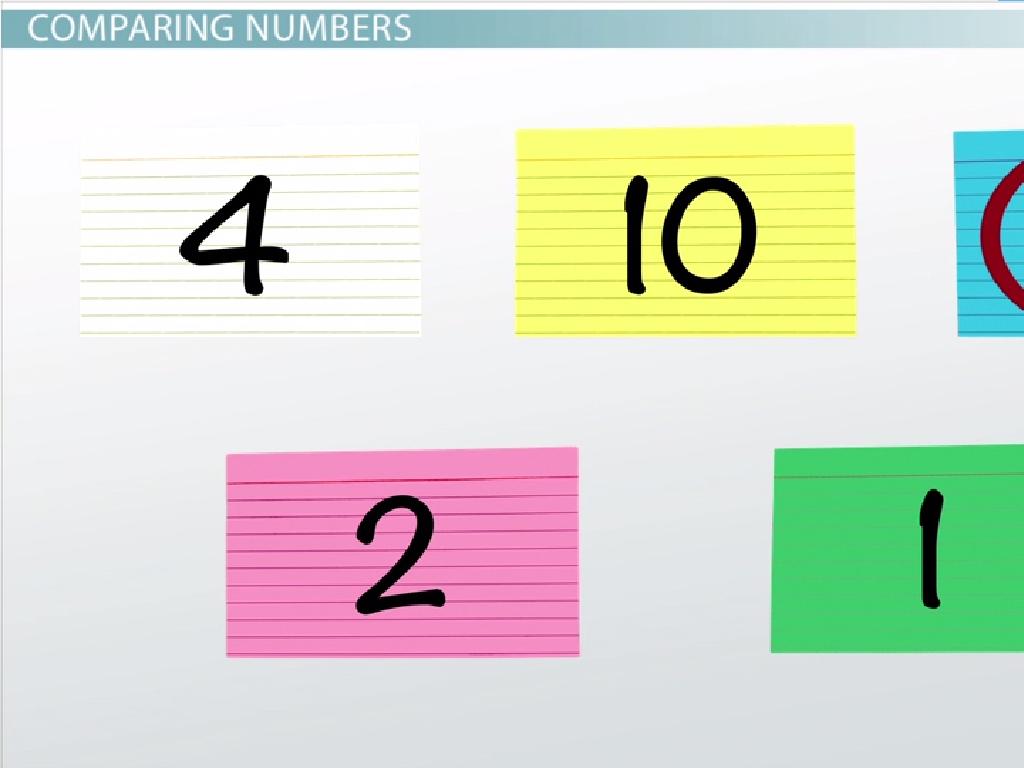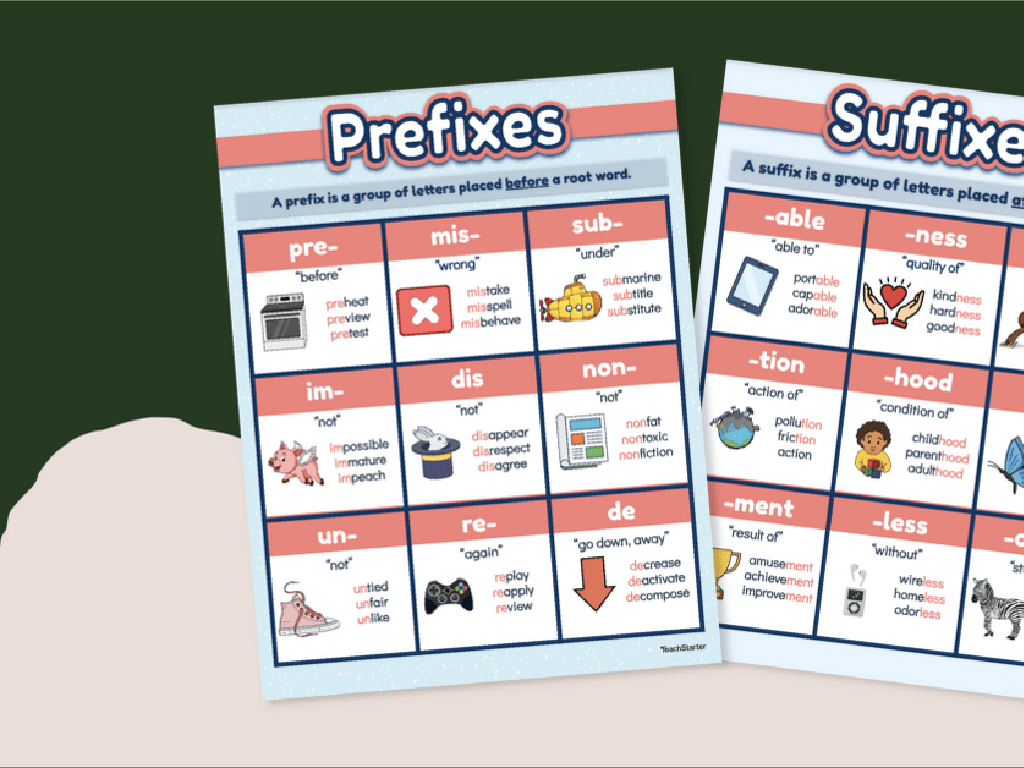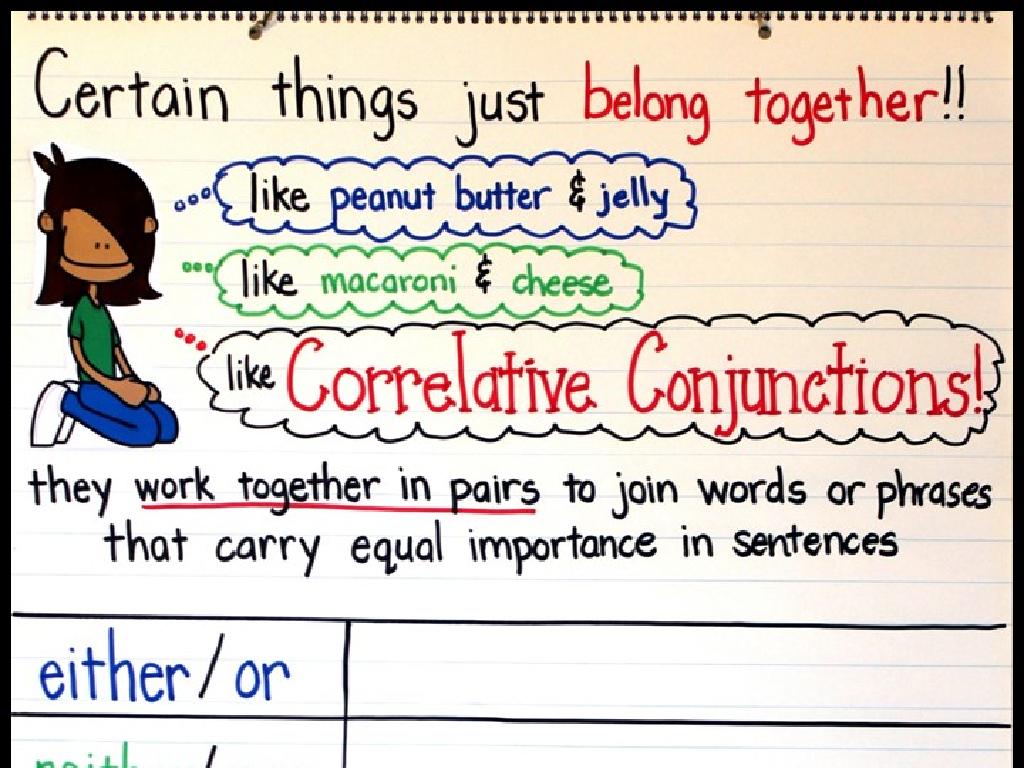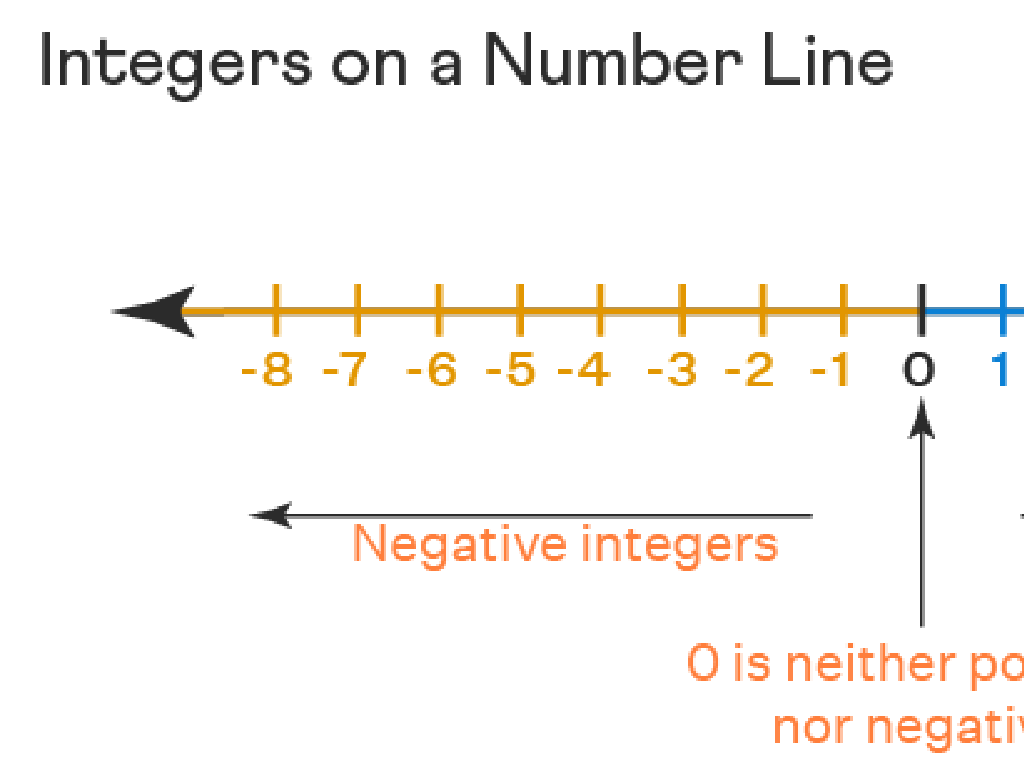Structure And Function: Carbohydrates, Lipids, Proteins, And Nucleic Acids
Subject: Science
Grade: Eighth grade
Topic: Biochemistry
Please LOG IN to download the presentation. Access is available to registered users only.
View More Content
Introduction to Biochemistry: Chemistry of Life
– Explore the chemistry of life
– Define biochemistry
– Biochemistry is the study of chemical processes in living organisms.
– Overview of biomolecules
– Biomolecules are essential for life and include carbs, lipids, proteins, and nucleic acids.
– Significance of carbohydrates, lipids, proteins, nucleic acids
– Each plays a unique role: energy storage, structural support, cellular communication, and genetic information.
|
This slide introduces students to the fascinating world of biochemistry, the branch of science that explores the chemical processes within and related to living organisms. It’s crucial to convey that biochemistry is the foundation for understanding how biological molecules contribute to the processes that occur within living cells. Provide a brief description of the four major types of biomolecules: carbohydrates (energy storage), lipids (cell membranes, energy storage), proteins (enzymes, structure), and nucleic acids (DNA/RNA, genetic information). Emphasize the importance of these molecules in maintaining life and their interrelated functions. Encourage students to think about how these molecules affect their daily lives, such as the food they eat and how their bodies function.
Exploring Carbohydrates in Biochemistry
– Define Carbohydrates
– Organic compounds made of carbon, hydrogen, and oxygen
– Carbohydrates’ role in the body
– Provide energy, store energy, build macromolecules
– Simple vs. Complex Carbohydrates
– Simple carbs: quick energy. Complex carbs: sustained energy.
– Carbohydrate food examples
– Simple: fruits, honey. Complex: bread, grains, legumes.
|
Carbohydrates are essential biomolecules that serve as the body’s primary source of energy. They are composed of carbon, hydrogen, and oxygen atoms. In this slide, we’ll define carbohydrates and discuss their critical roles in the body, including energy provision, energy storage, and as components of larger macromolecules. We’ll compare simple carbohydrates, which provide quick energy, to complex carbohydrates, which offer more sustained energy due to their longer chains of sugar molecules. Examples will help students identify these carbohydrates in everyday foods, such as fruits and honey for simple carbohydrates, and bread, grains, and legumes for complex carbohydrates. Encourage students to think about their diets and recognize sources of both simple and complex carbohydrates.
Exploring Lipids in Biochemistry
– What are lipids?
– Lipids are organic compounds, insoluble in water.
– Lipids’ roles in cells
– They form cell membranes, store energy, and act as signaling molecules.
– Saturated vs. Unsaturated fats
– Saturated fats have no double bonds; unsaturated have one/more double bonds.
– Lipids as energy reserves
– Lipids store more energy per gram than carbohydrates, crucial for long-term energy.
|
This slide introduces students to lipids, a key macromolecule in biochemistry. Lipids are diverse organic compounds that are hydrophobic or insoluble in water. They play several vital roles in cellular function, including forming the structure of cell membranes, storing energy, and acting as signaling molecules. It’s important to distinguish between saturated and unsaturated fats based on the presence of double bonds, which affects their physical state and role in nutrition. Emphasize the significance of lipids in storing energy, as they provide more than twice the energy per gram compared to carbohydrates, making them essential for long-term energy needs. Use examples like butter (saturated fat) and olive oil (unsaturated fat) to illustrate the concept.
Exploring Proteins in Biochemistry
– What are Proteins?
– Essential molecules for body’s structure, function, and regulation of tissues and organs.
– Proteins’ building blocks
– Amino acids are the organic compounds combining to form proteins.
– Significance of protein structure
– The structure determines a protein’s function in our bodies.
– Enzymes: Proteins in action
– Enzymes speed up chemical reactions, vital for digestion and metabolism.
|
This slide introduces proteins, one of the fundamental components of living organisms. Proteins are complex molecules that play critical roles in the body, including the development and functioning of organs, muscles, and the immune system. Amino acids, the building blocks of proteins, link together in various sequences to form different proteins. The specific structure of a protein, which is determined by the sequence of amino acids, is crucial because it dictates the protein’s function. Enzymes, a special class of proteins, act as catalysts in the body, speeding up chemical reactions necessary for life, such as digestion and energy production. Encourage students to think of proteins as workers in a factory, each with a specific job that is vital to the overall operation of the body.
Nucleic Acids: DNA & RNA
– DNA & RNA: Genetic Blueprints
– DNA stores genetic info; RNA transfers it.
– Deciphering the Genetic Code
– DNA’s sequence of bases encodes instructions.
– DNA Replication & Protein Synthesis
– Cells duplicate DNA, then use it to make proteins.
– RNA’s Function in Cells
– RNA helps read DNA and assemble proteins.
|
This slide introduces students to the complex world of nucleic acids, focusing on DNA and RNA, the molecules responsible for storing and transferring genetic information. DNA holds the instructions for building an organism, while RNA plays a crucial role in reading these instructions and synthesizing proteins. Understanding the genetic code is key to grasping how traits are inherited and expressed. DNA replication ensures that each new cell has a complete set of genetic instructions, and protein synthesis is the process by which cells build the proteins necessary for life. RNA’s various forms are involved in decoding DNA’s instructions and catalyzing the chemical reactions to create proteins. This foundational knowledge sets the stage for exploring genetics, heredity, and biotechnology in more detail.
Class Activity: Building Biomolecules
– Construct biomolecule models
– Use model kits or household items
– Create 4 types of biomolecules
– Carbohydrate, lipid, protein, nucleic acid
– Discuss structure and function
– Explain how structure determines function
|
This class activity is designed to help students understand the structure and function of different biomolecules by constructing physical models. Provide molecular model kits or suggest household items like marshmallows, toothpicks, and candy to represent atoms and bonds. Students should create models of carbohydrates, lipids, proteins, and nucleic acids. After building, students will share their models with the class and discuss how the structure of each molecule relates to its function in living organisms. For example, the branching in carbohydrates for energy storage, the long chains in lipids for building cell membranes, the complex shapes of proteins for various functions, and the double helix of nucleic acids for genetic information storage. Encourage creativity and ensure that students can identify key components like sugar in carbohydrates, fatty acids in lipids, amino acids in proteins, and nucleotides in nucleic acids.






